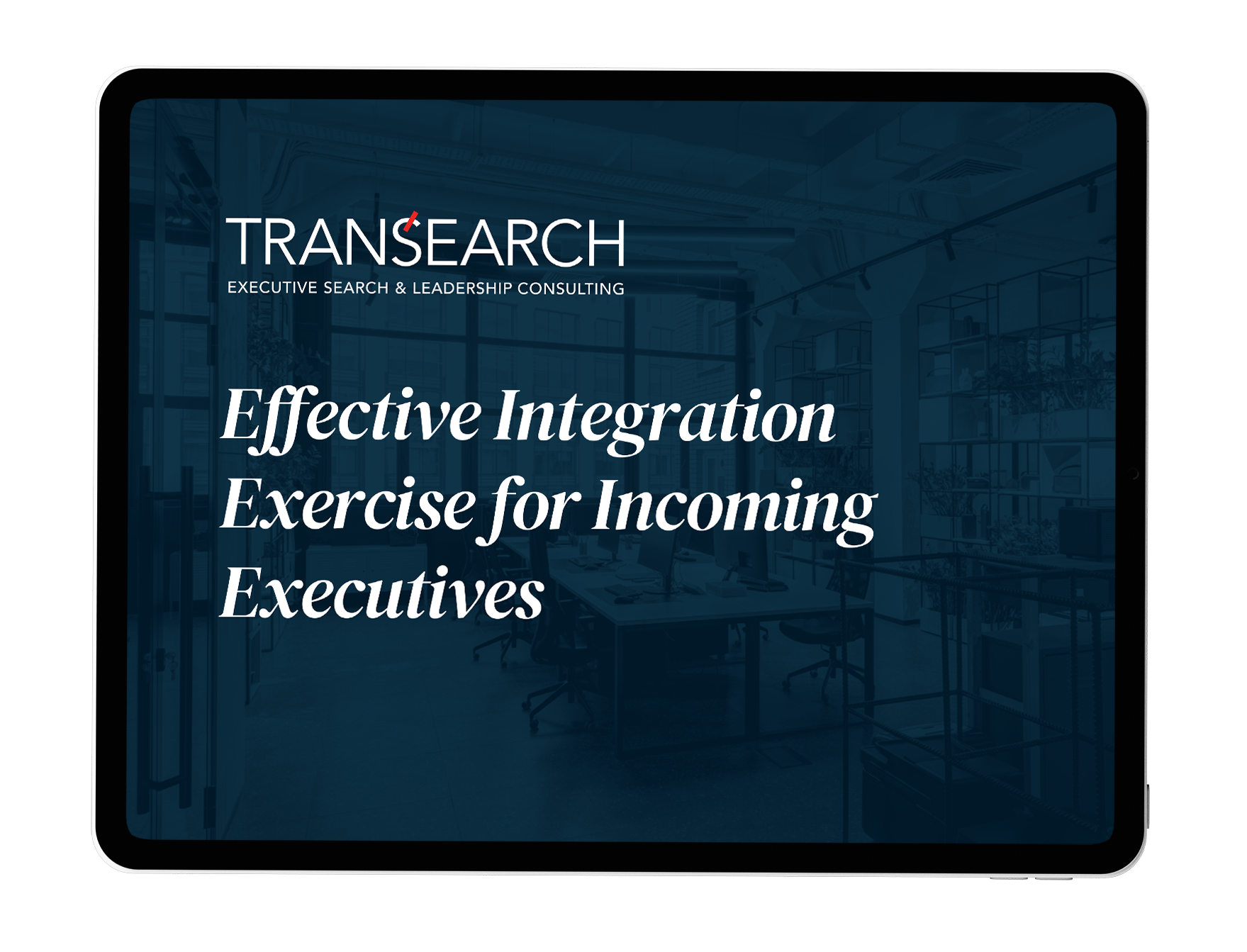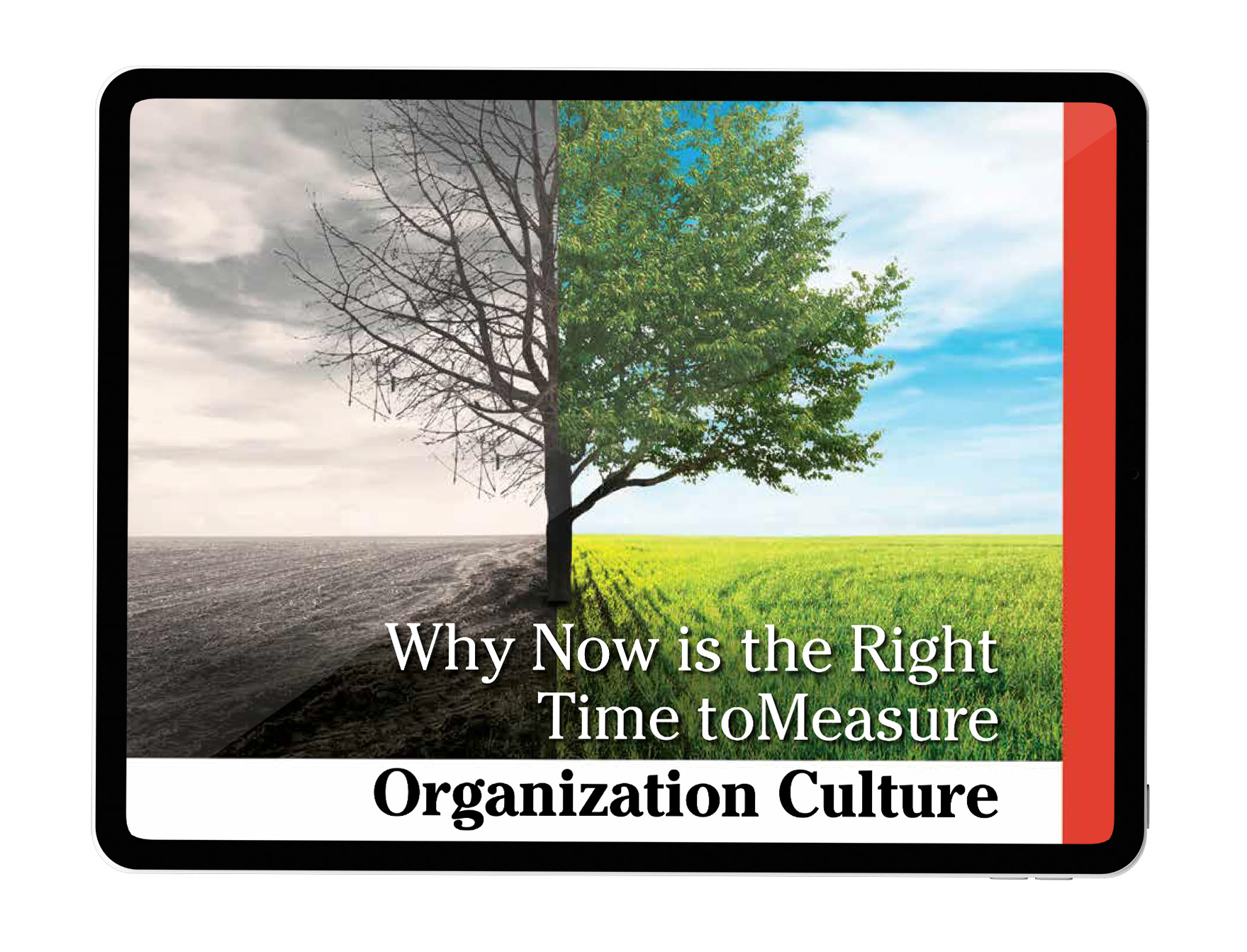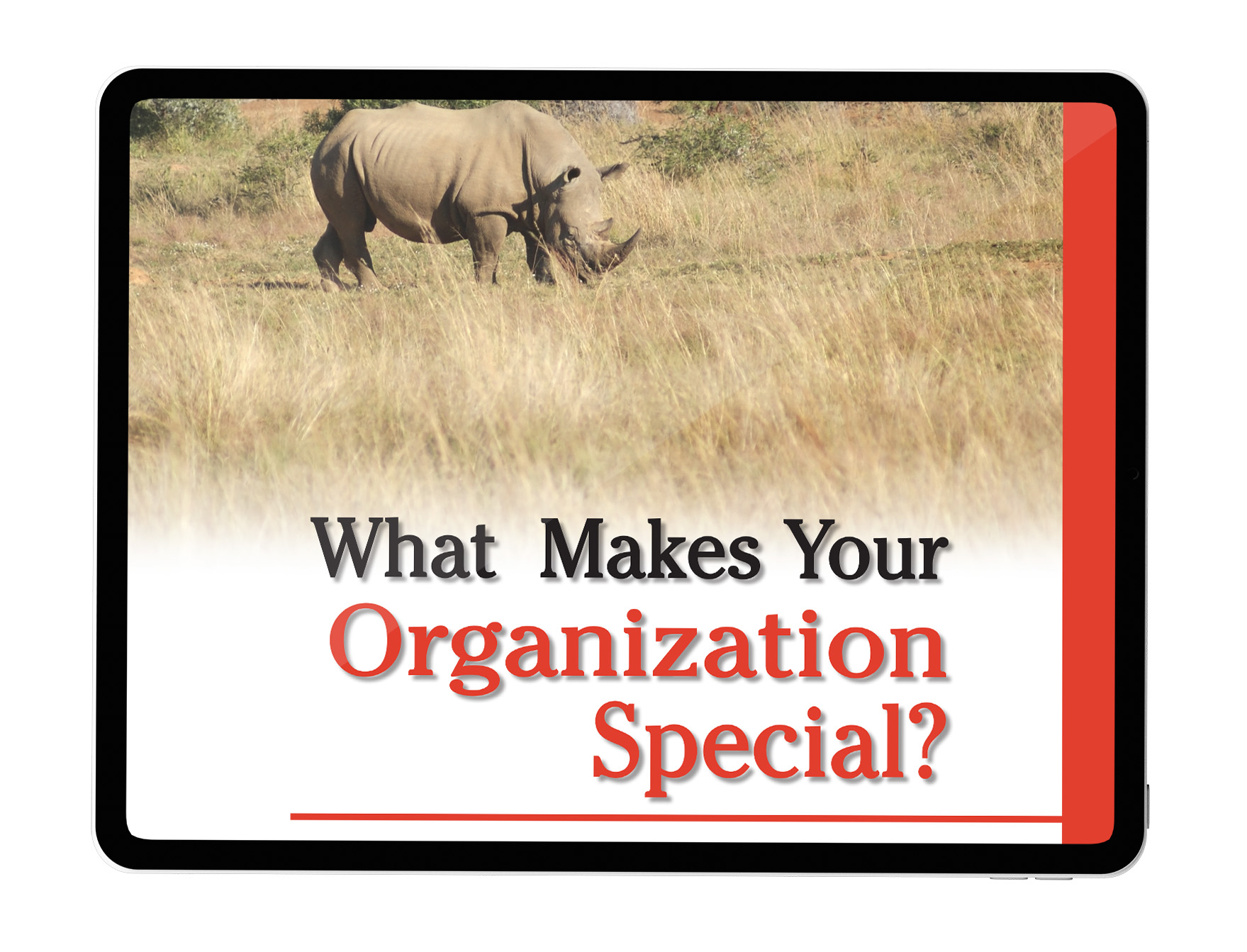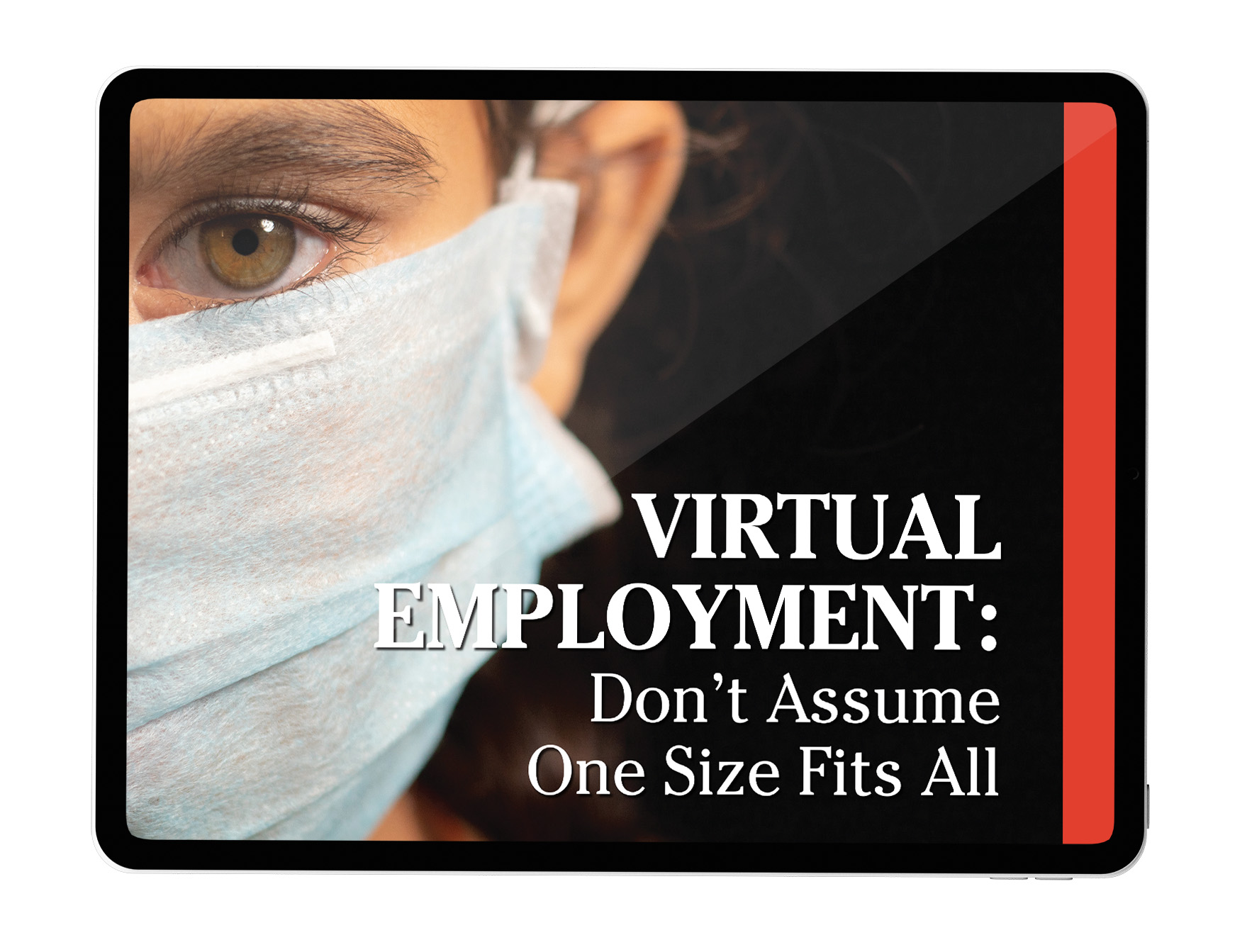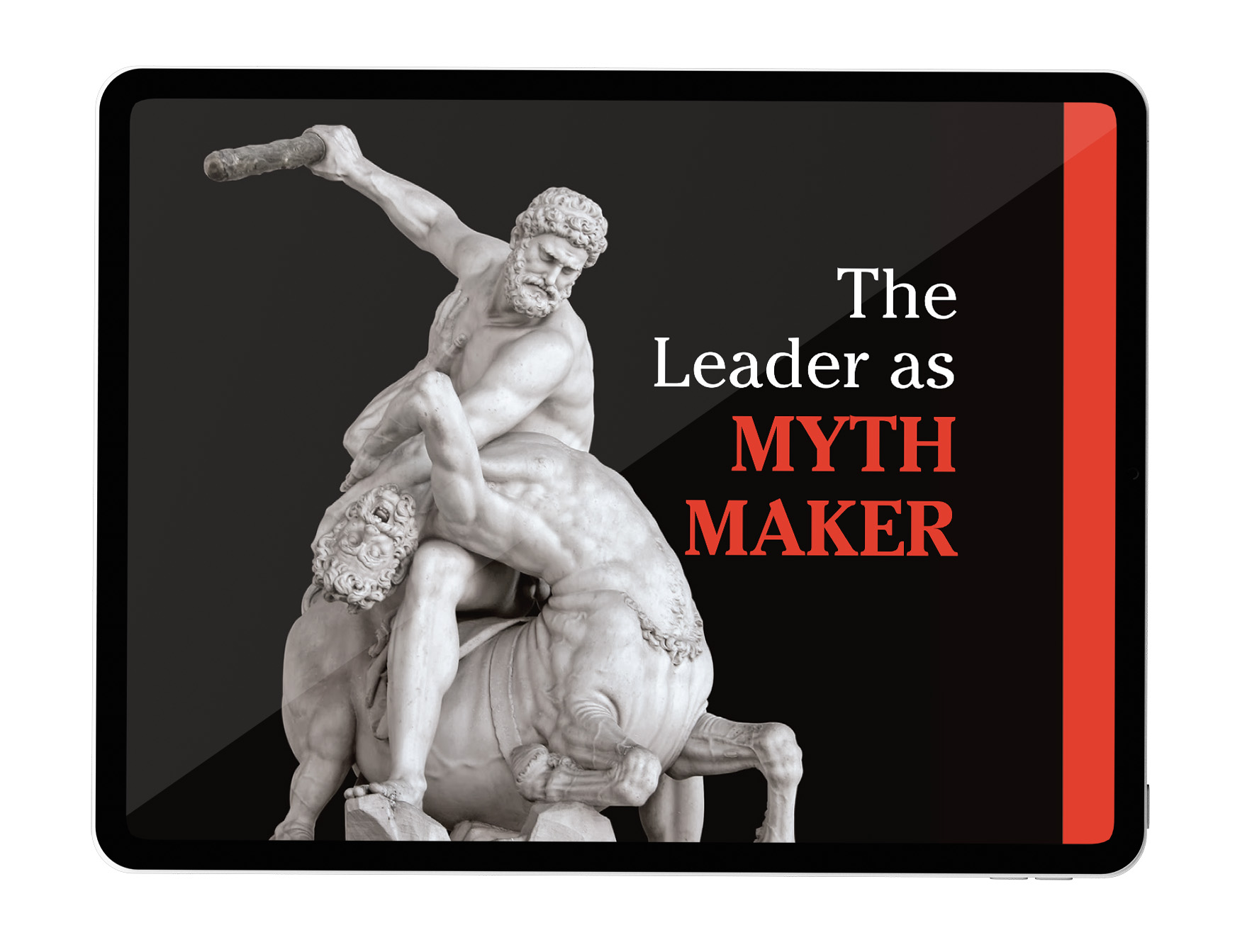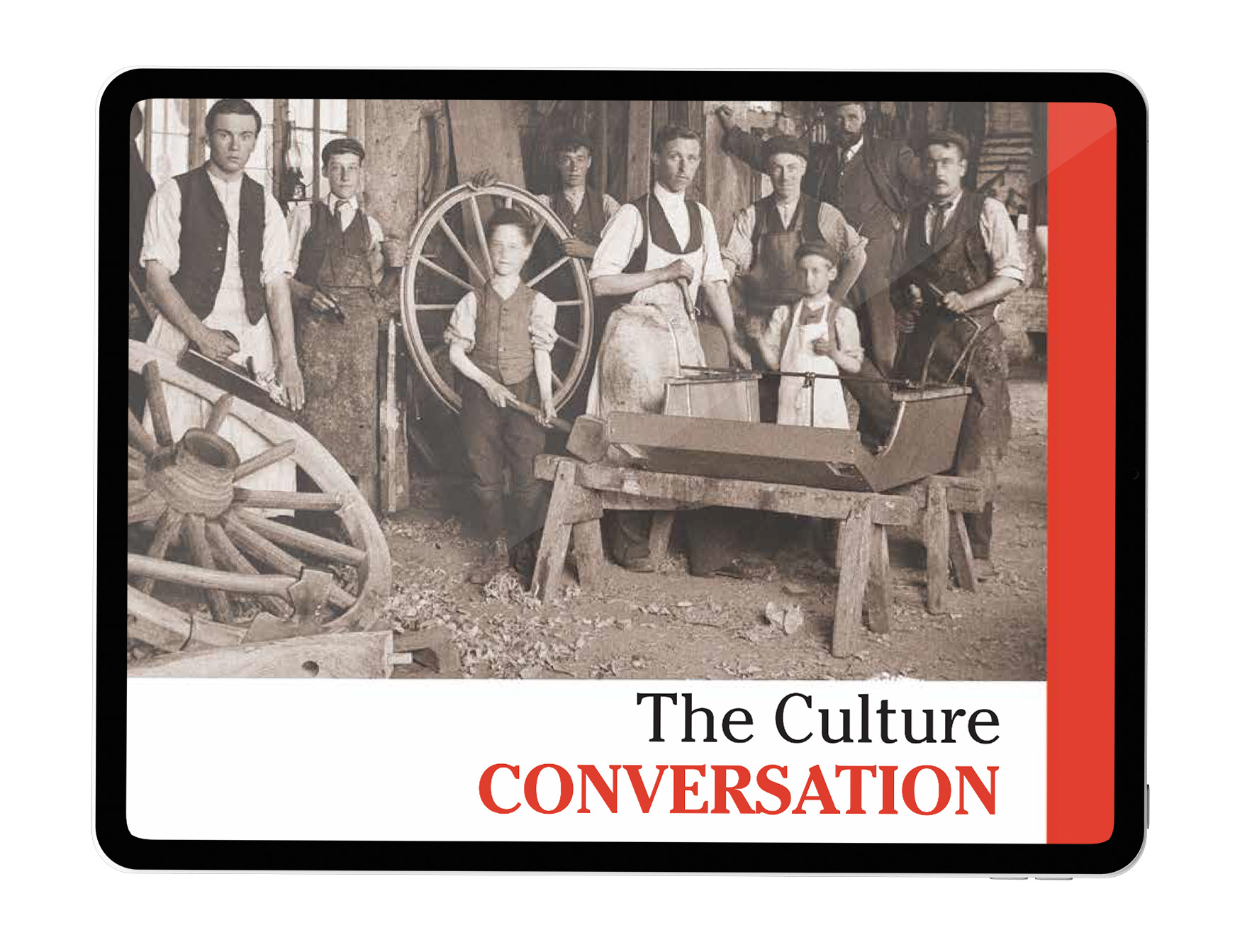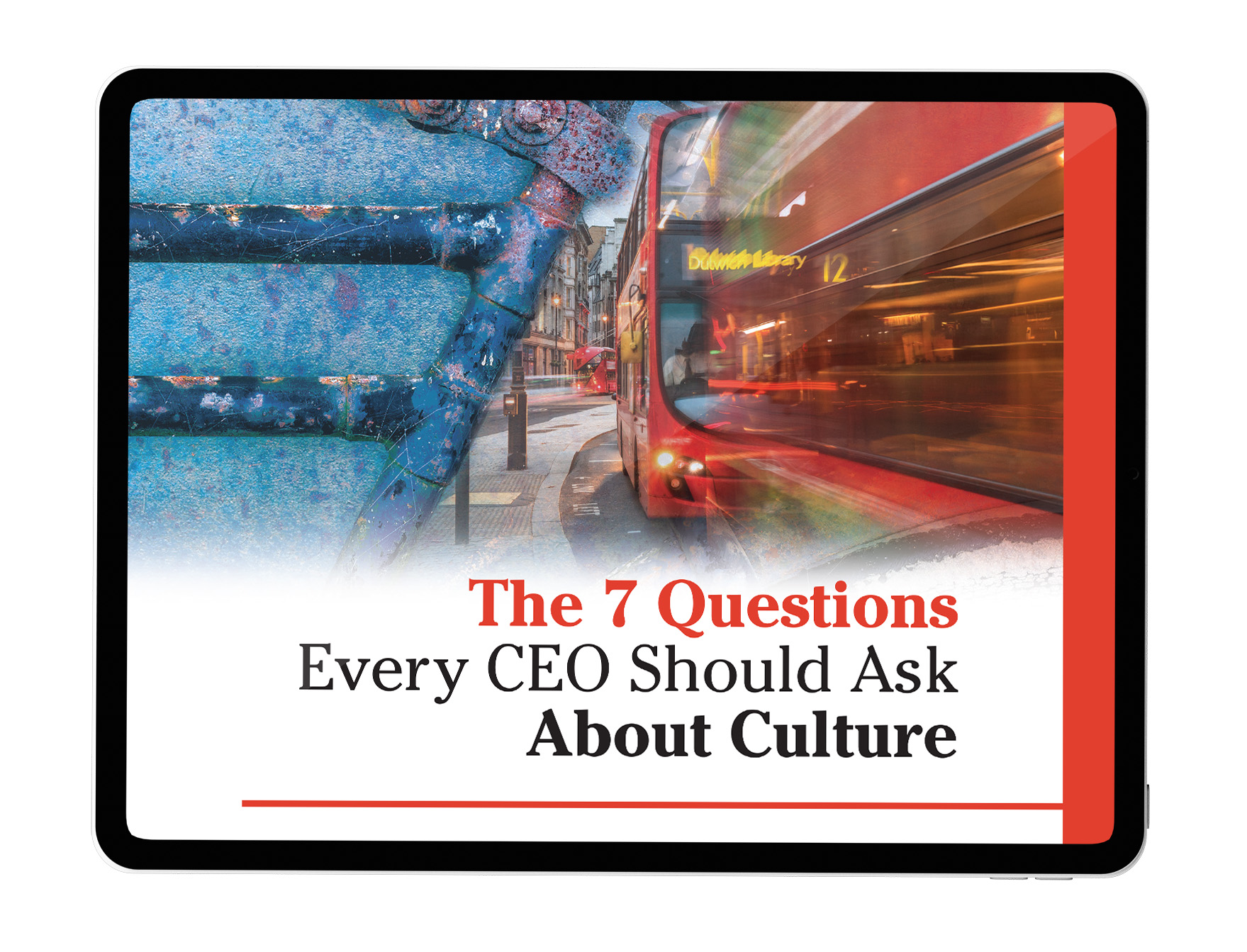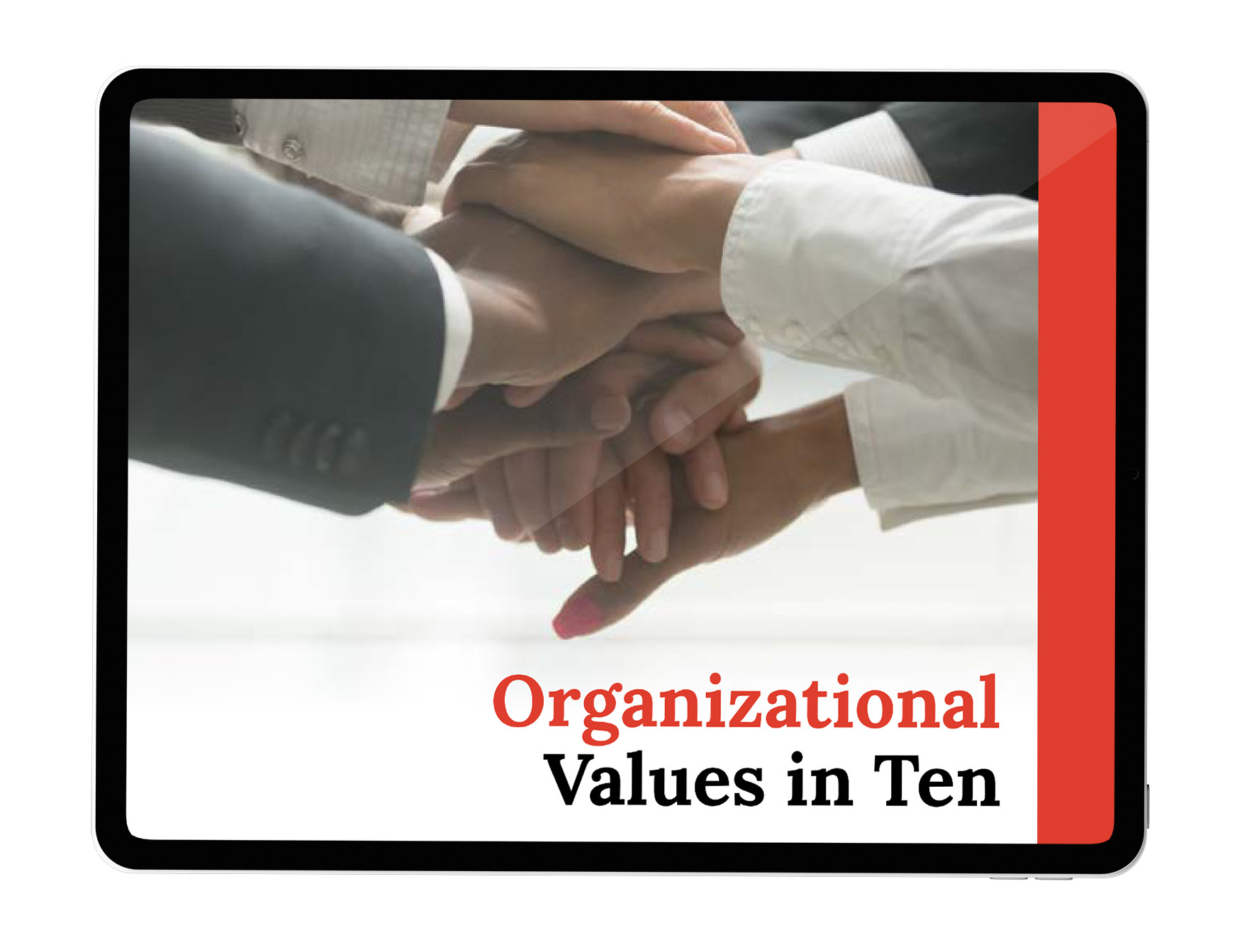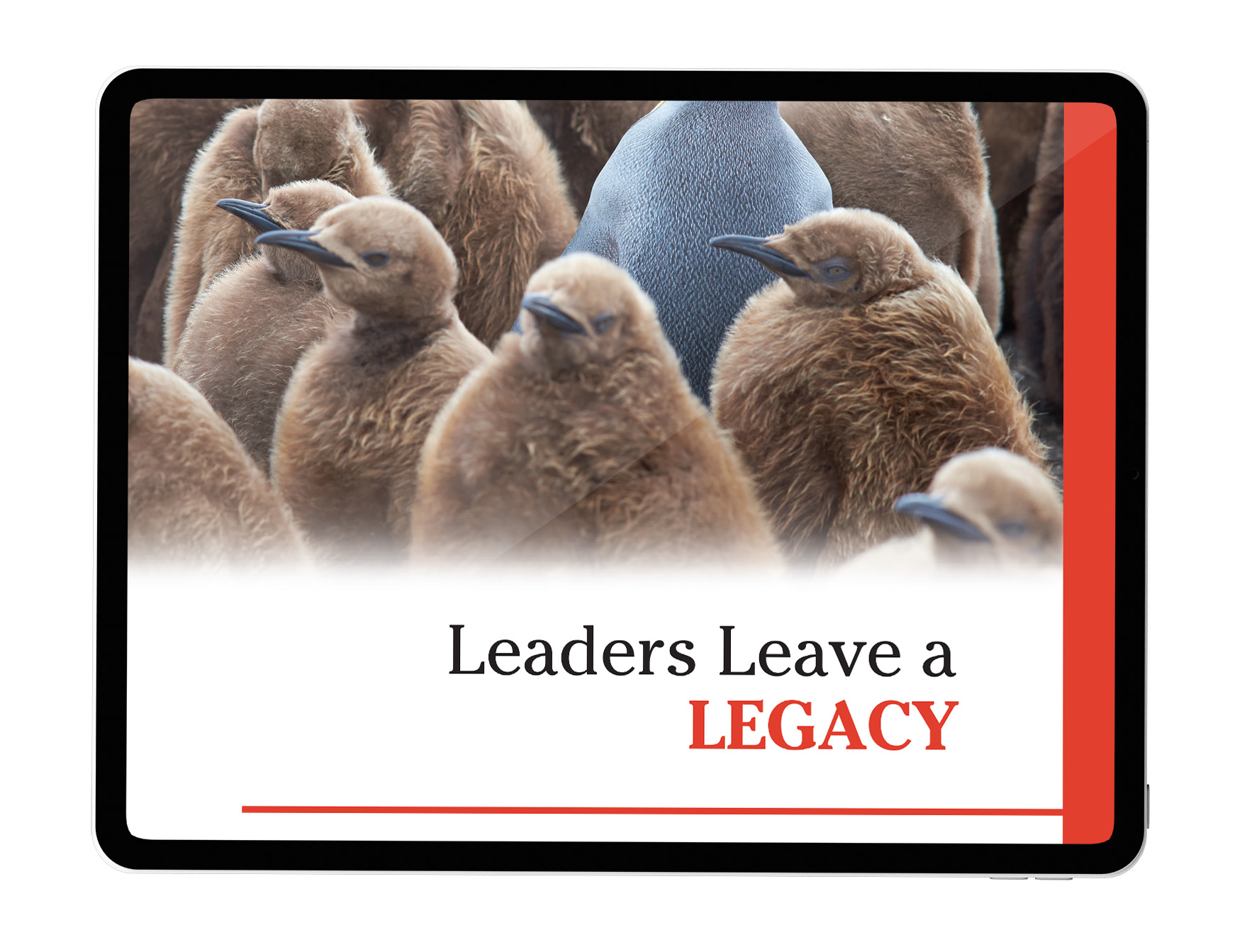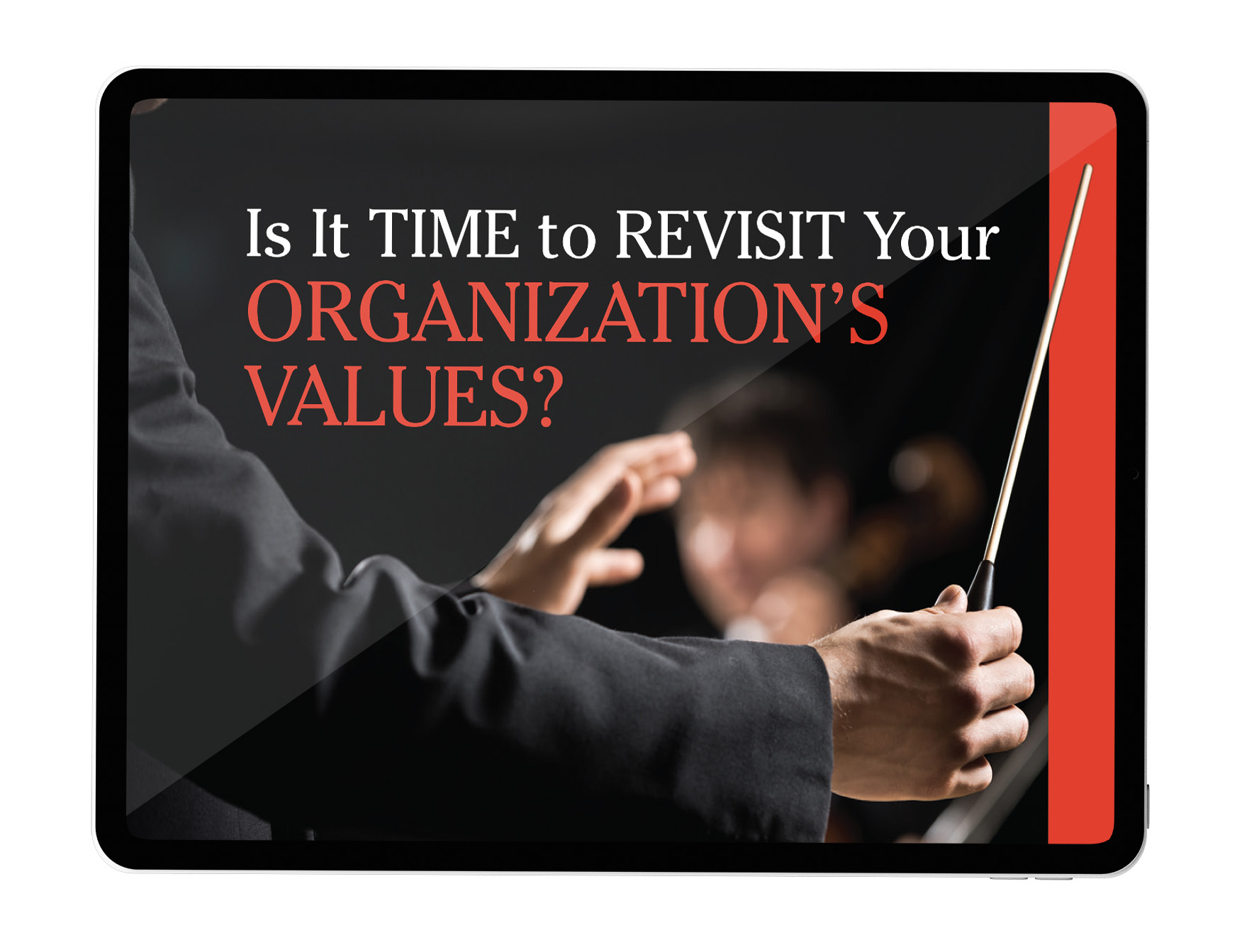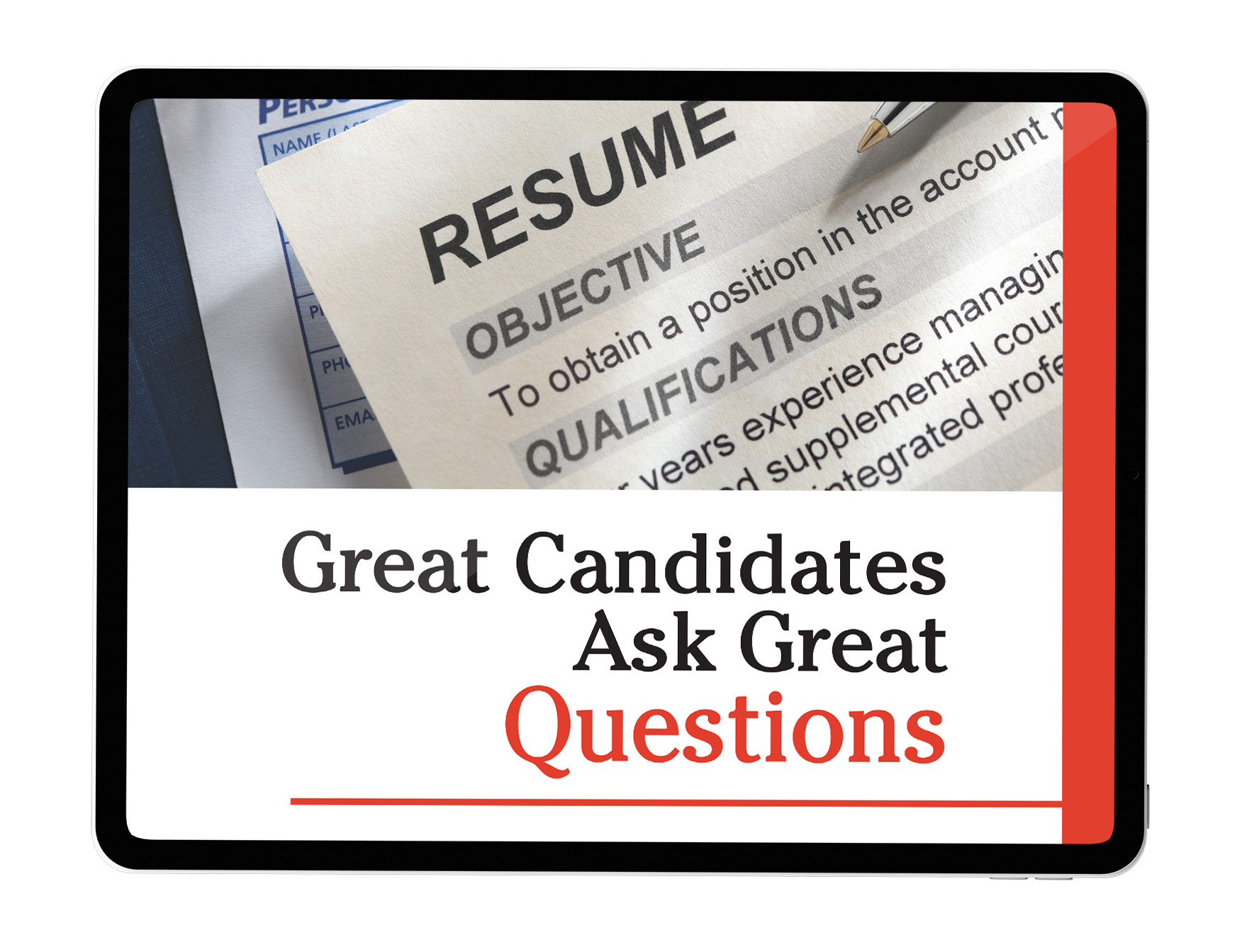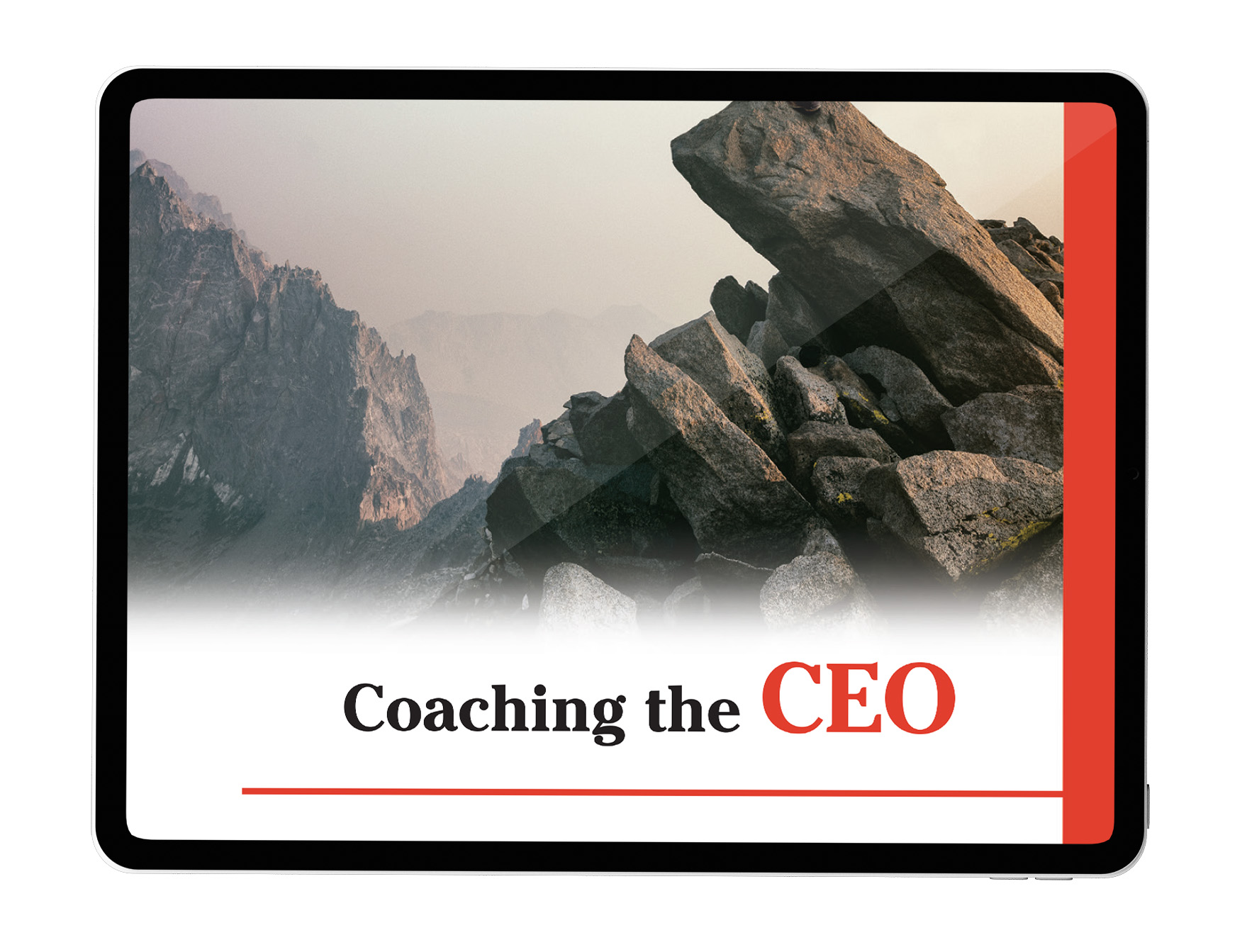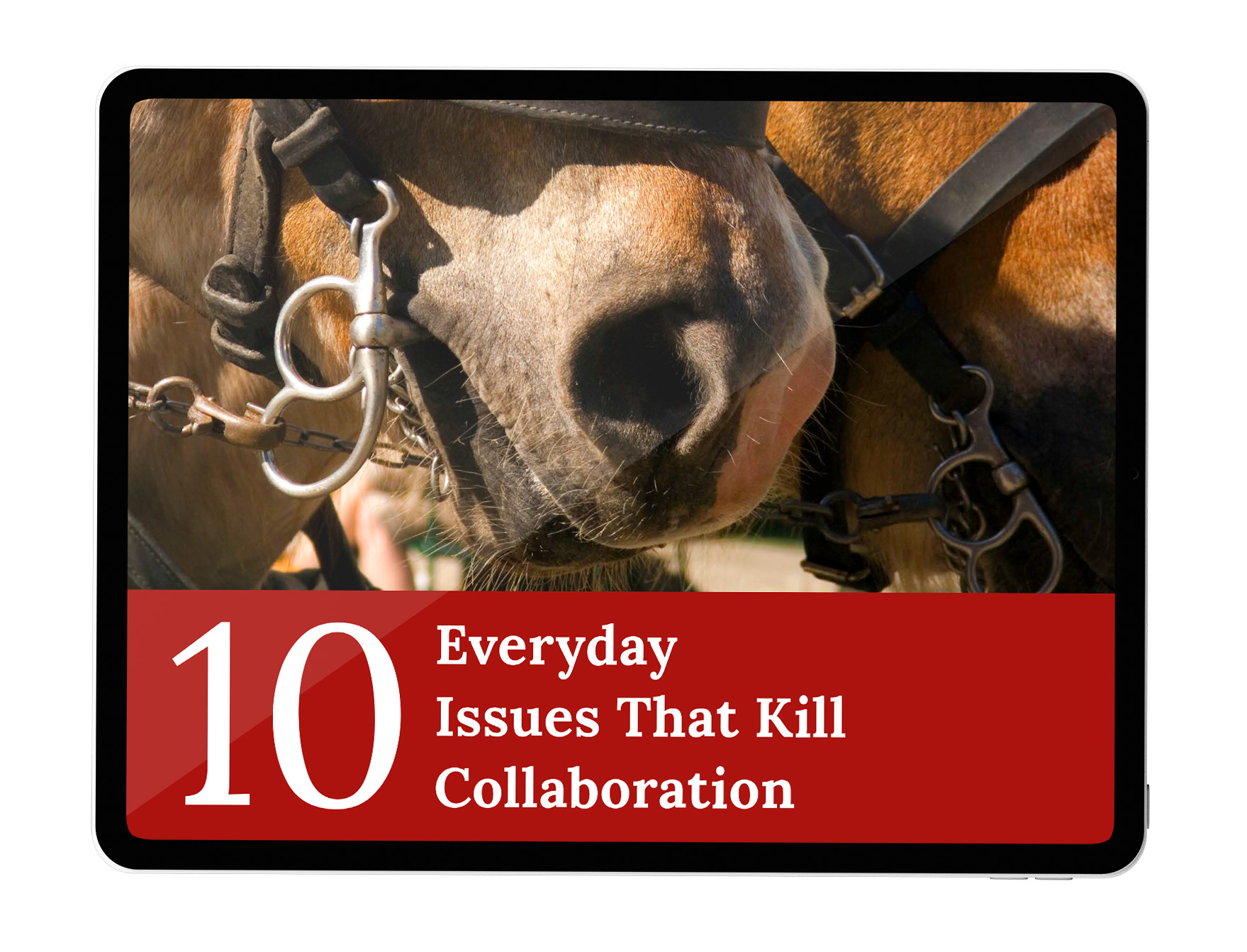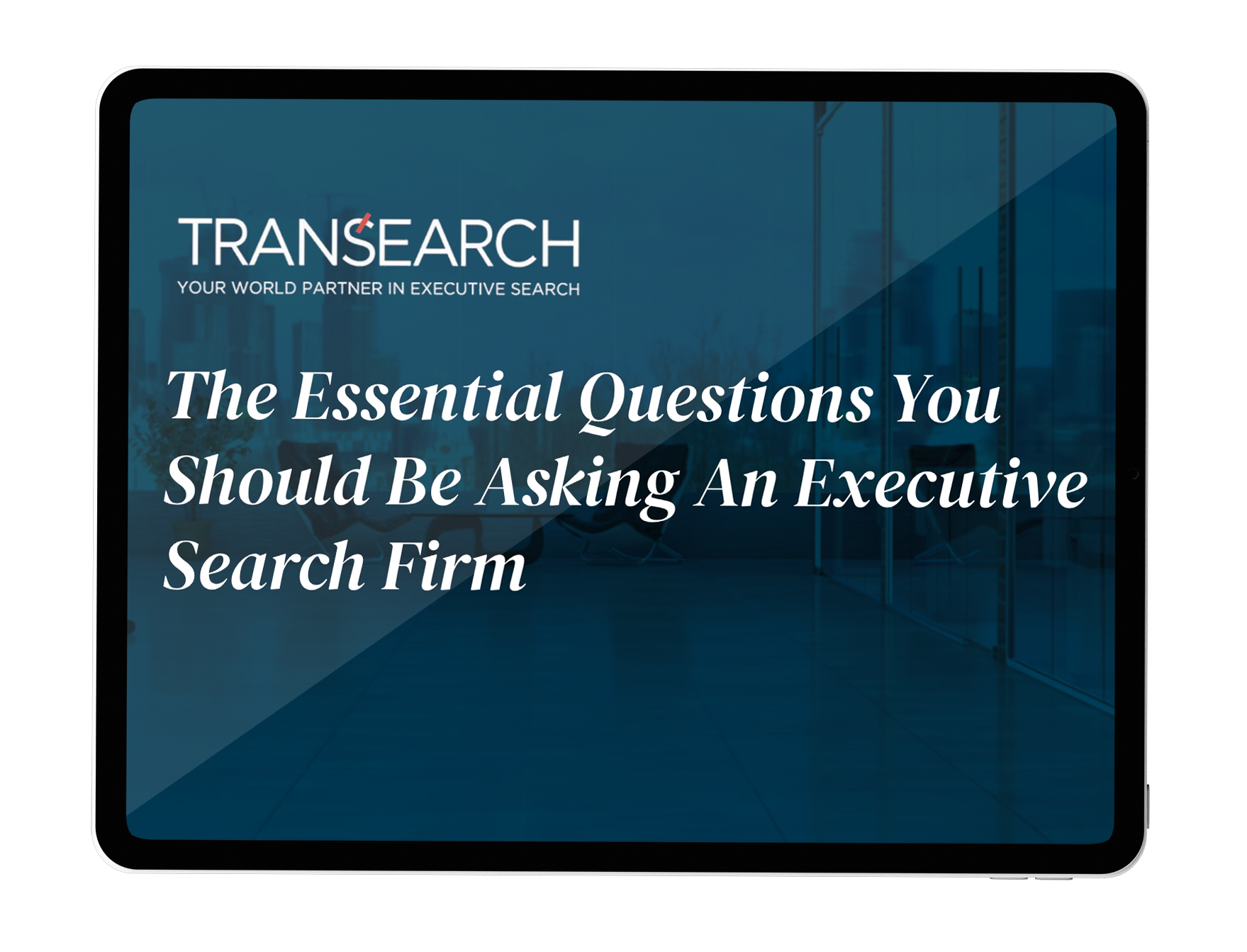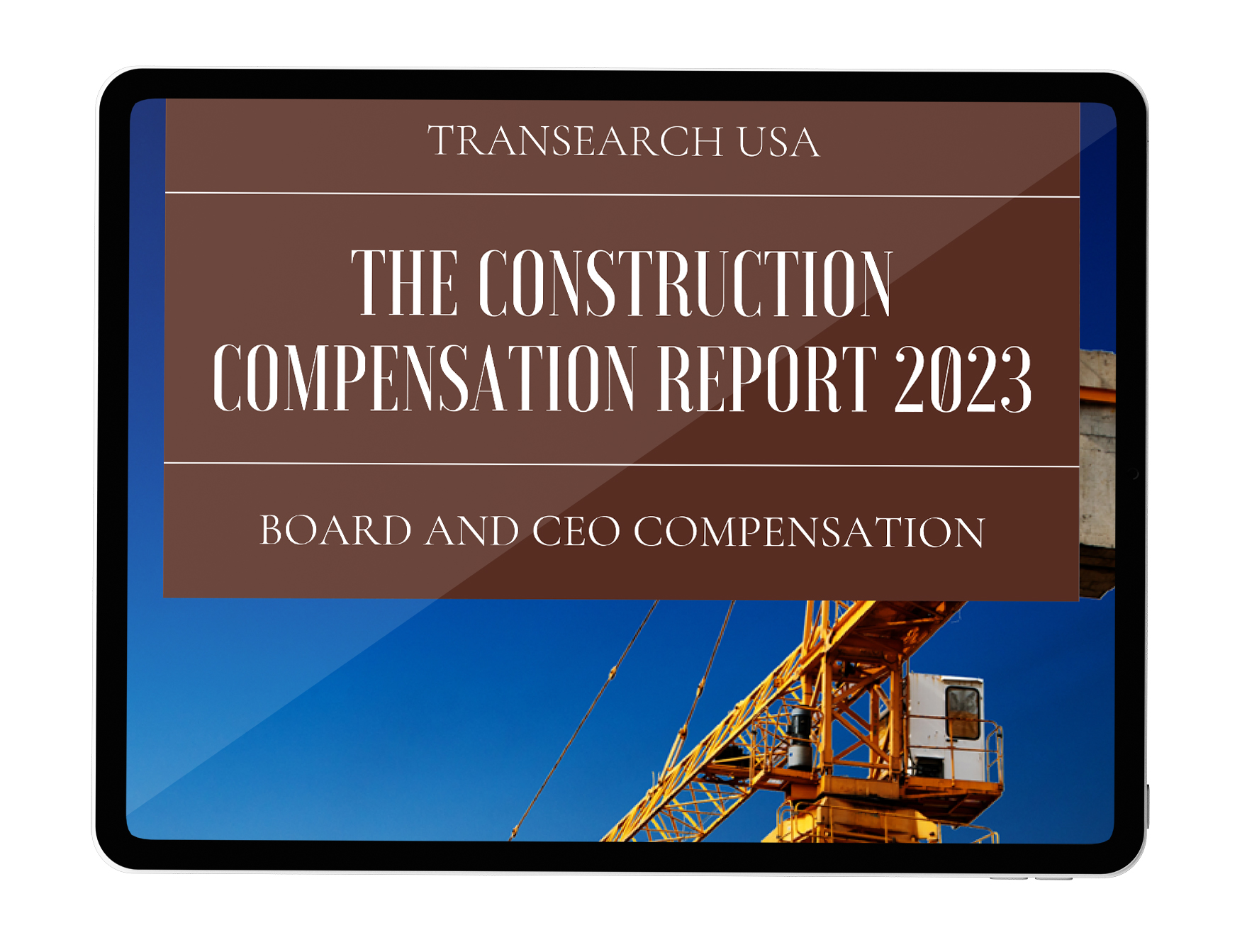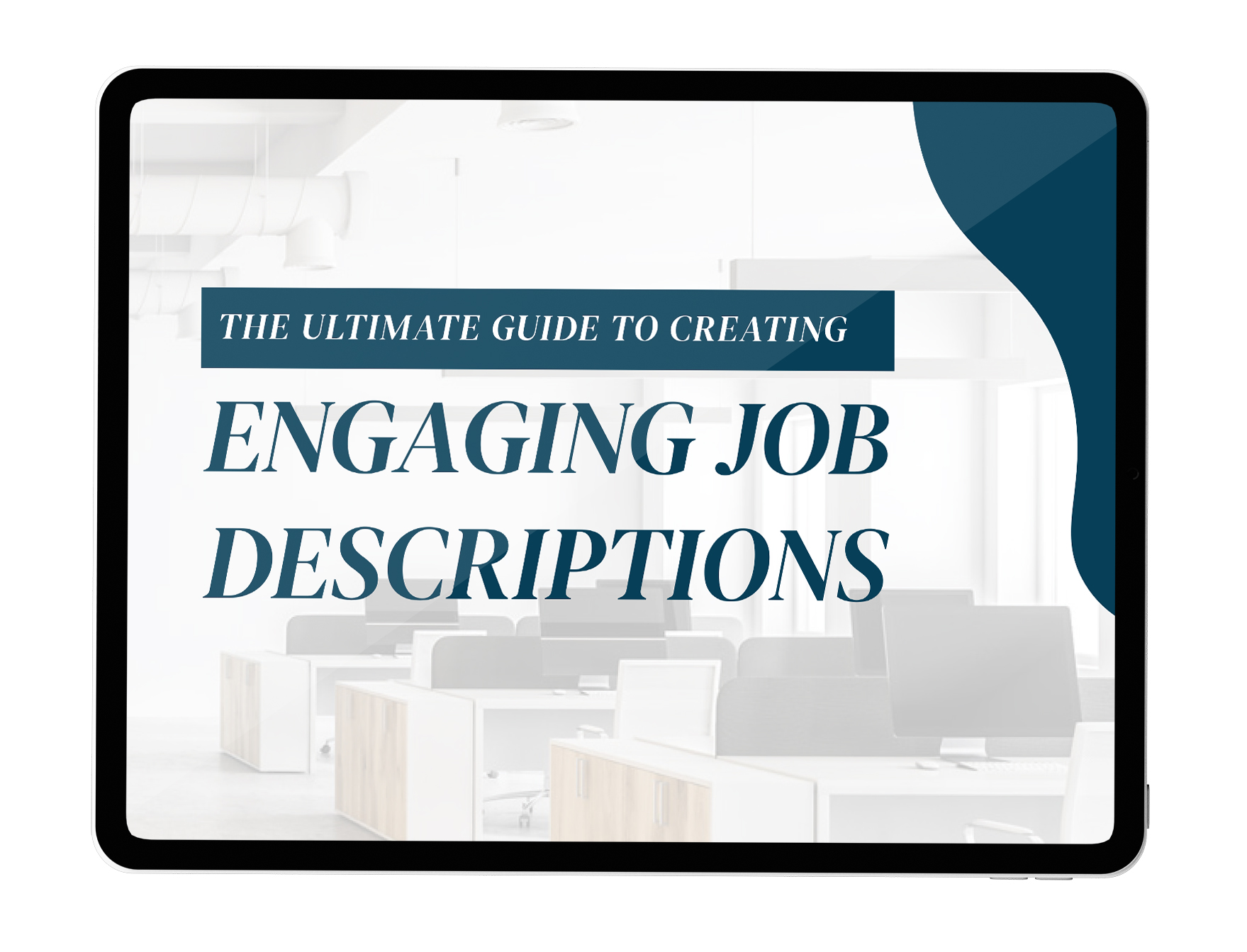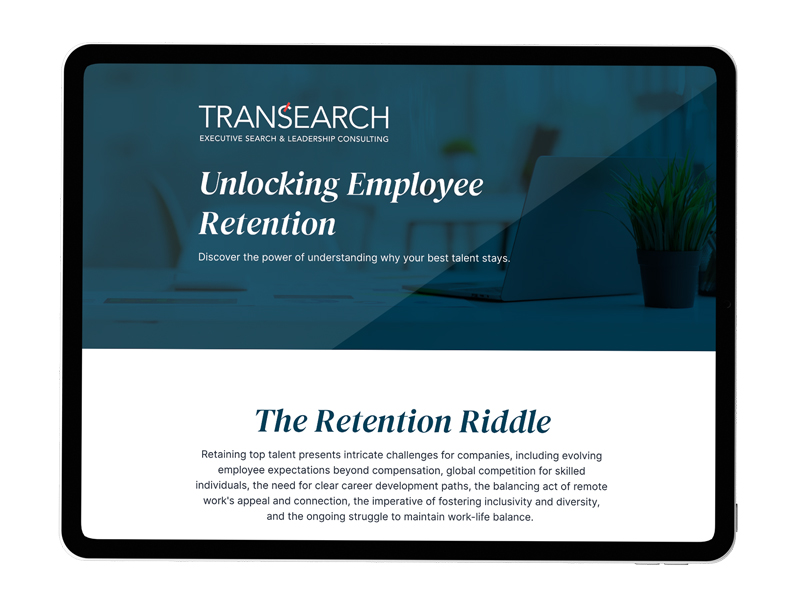You can feel it in the air – the holiday season is just around the corner. While this is a happy time for many of us, it often means super-sized dinners and vacations where the temptation to over-indulge is overwhelming.
The next thing you know, New Year’s resolutions are all about wellness.
The good news is organizations can play a key role in supporting your wellness goals. Right now in particular, with the pandemic, labor shortage, and the critical need for enhanced recruitment and retention, the spotlight on employee wellness needs to be shone more brightly than ever before.
Indeed, companies that provide robust, comprehensive corporate wellness programs have a much better shot at winning the talent war. For example, research shows more than half of Generation Z (born starting in 2001) and close to 60% of millennials (born between 1981 and 2000) consider company wellness programs to be either important or extremely important when they are making a job decision.
Additionally, a study by Willis Towers Watson found 75% of employees say they are more likely to stay with their employer because of their benefits program.
There’s a litany of research that illustrates clear correlations between these programs and productivity. For instance, the University of California-Riverside discovered that employees participating in corporate wellness programs led to “approximately equal to an additional productive workday per month for the average worker.”
Here are three tips on how to leverage health and wellness programs to attract and retain the best of the best:
Spread the word
Many job descriptions have a line that mentions something to the effect of, ‘we offer comprehensive benefits and wellness package.” That’s a starting point, but you need to be bolder and broader in your promotion. Make your wellness programs part of your brand so that potential candidates know how progressive your programs are. We recommend having a few employees, perhaps from your marketing team, dedicate time to proactively marketing what you offer. Social media, intranet articles, webinars, and external PR will all help spread the word that wellness is embedded in your corporate culture.
Learn what people want
Uniquely, there are currently five generations of people in the workforce, from Gen Z to the Baby Boomers. Your talent strategy must cater to their broad spectrum of wants and needs and that includes health and wellness packages. A tried-and-true approach to see what their expectations are is through employee surveys and follow-up feedback. Ask people what they want. Ask them what they don’t want. Have open-ended questions to elaborate on desires. Then take this feedback and show your team how it informs your programs. This not only helps deliver a more customized wellness program, but it involves your team members in the process, which will speak volumes about your company’s reputation for employee engagement, another alluring element for candidates.
Offer choice
Building on what you learn about your staff’s personal wellness goals and interests, and what aligns with your budget, it’s pivotal to provide a holistic approach to wellness. Give people diversity and choice, which means expanding wellness programs to include not only physical and mental health but also tools for managing finances, lifestyle coaching or even something futuristic, such as biometric screening. When employees have more options, they see clearly that their employer is genuinely interested in investing in their health. The more they perceive your investment in them, the more they will invest in their work for the organization
By demonstrating your company values health and employee wellness, you will stand out over the competition and attract people. And when your team members see, they are listened to and directly involved in shaping your programs, they are far more likely to be satisfied, validated and less likely to leave. Wellness is a win-win. Make it a priority for 2022 and you will see your talent strategy succeed.





















